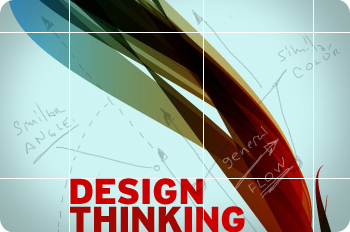
Almost everything I read about sustainability is based on the idea that we, especially in the affluent, industrialized world, can continue to live as we have by using all the new tools that will flow from the green programs engaged in by firms with and without support from the government. Given this overwhelming view that sustainability is just a matter of more efficiency and new technologies, it is a pleasure to come upon people who see the issue as much more daunting, requiring change at the behavioral level.
Chirag Mehta posted an interesting item about a form of design thinking that would aim at changing behavior. Here’s some of the post.
The designers have been designing tools, processes, and methods to support and not to change people’s behavior. In contrast designing for sustainability would fundamentally require changing people’s behavior. The behavior change to achieve the sustainability goals would mean offering different alternatives, encourage reduced consumption, make people conscious of their behavior, and leverage peer pressure and competition. The design that maintains status quo will not help to achieve sustainability goals. The design will have to be provocative and challenge user’s assumptions in many ways.
Design Thinking is about how you think and not what you know; it is about the journey and not the destination. For a problem of massive scale such as sustainability where we still know a little and the desired outcome may take years, following are some elements of design thinking that could help make world a better place to live for the generations to come.
He follows with some specifics about the design process. The elements are:
– Ambidextrous thinking
– Analogous research
– Empathy
– Holistic multidisciplinary approach
– Be tangible and iterate often
– Focus on journey and emergent experimentation
The post contains a description of each of these topics. It’s worth reading.